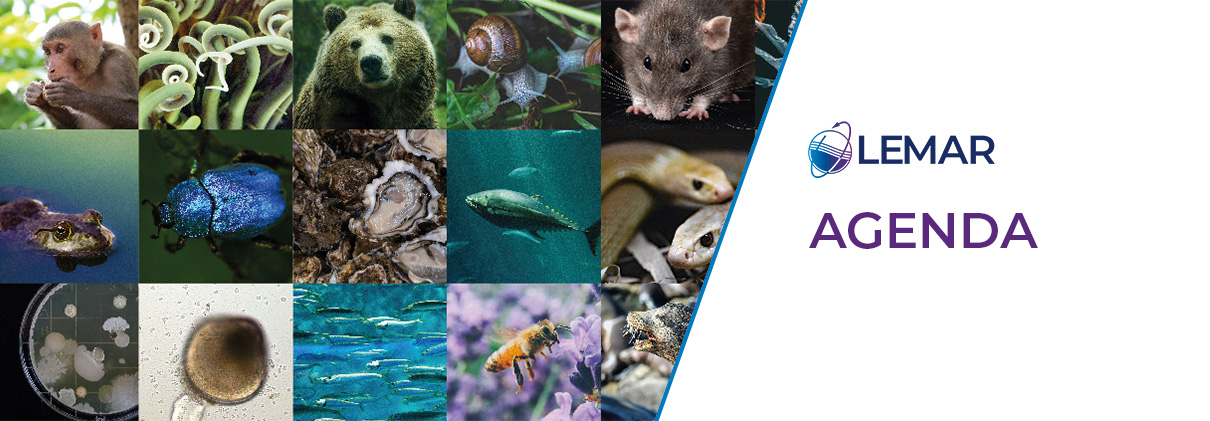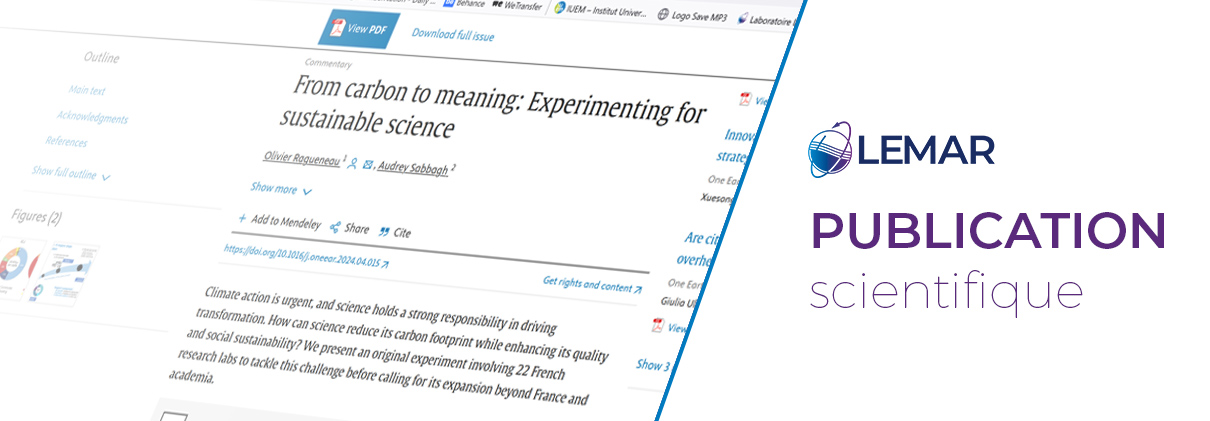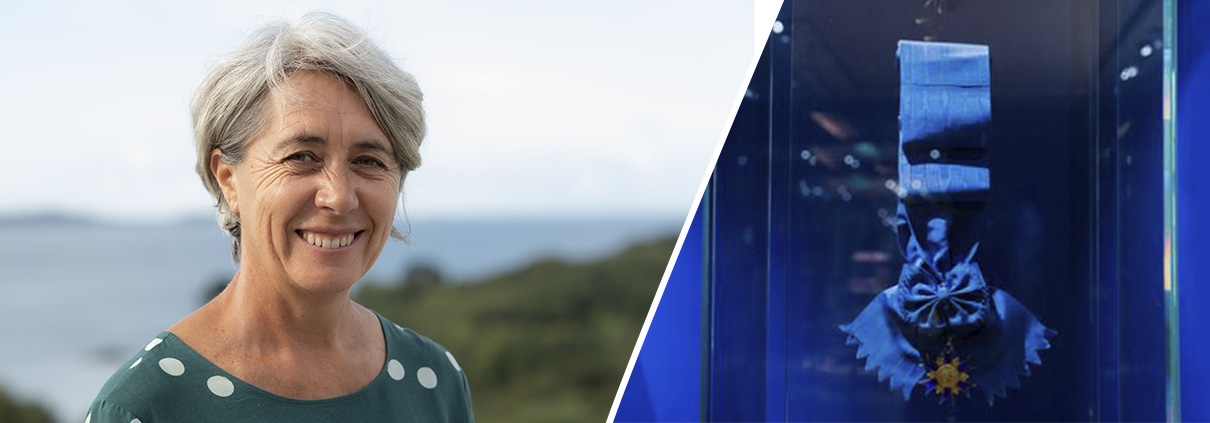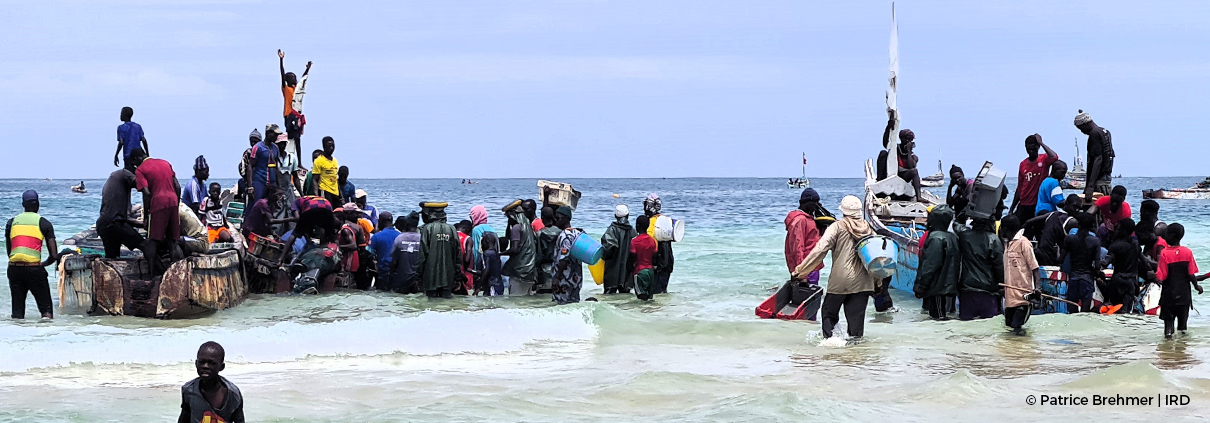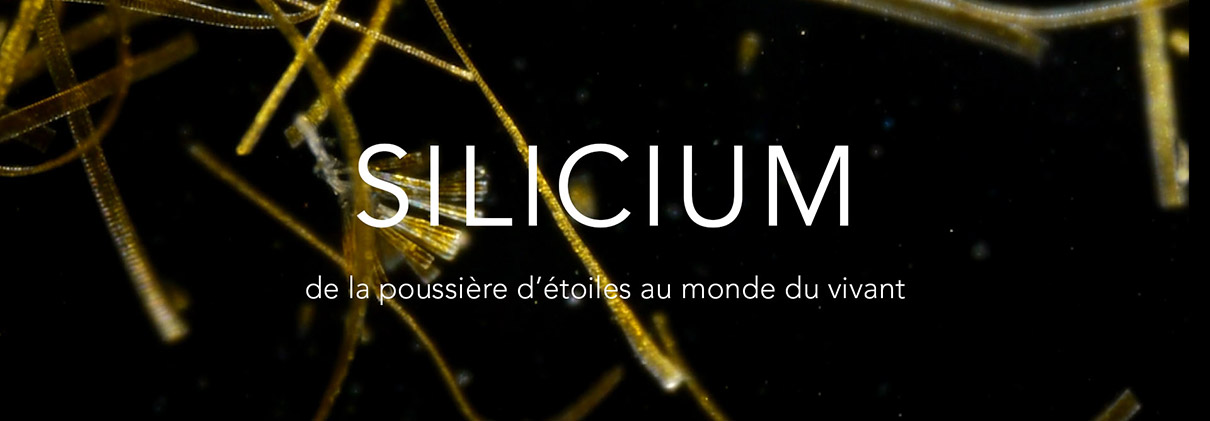You are here: Home1 / News
https://www-iuem.univ-brest.fr/lemar/wp-content/uploads/2024/09/Kickoff-Metabolica_main.jpg
421
1210
Sebastien Herve
https://www-iuem.univ-brest.fr/lemar/wp-content/uploads/2018/10/logo-lemar-big.png
Sebastien Herve2024-09-20 09:07:572024-09-20 09:07:57First annual meeting of the METABOLICA Thematic Network
https://www-iuem.univ-brest.fr/lemar/wp-content/uploads/2024/06/from-carbon-to-meaning.jpg
421
1210
Sebastien Herve
https://www-iuem.univ-brest.fr/lemar/wp-content/uploads/2018/10/logo-lemar-big.png
Sebastien Herve2024-07-03 13:11:382024-07-03 13:13:04Expé-1point5 publication in “One Earth”
https://www-iuem.univ-brest.fr/lemar/wp-content/uploads/2024/06/Hellio-ONM-Main.jpg
423
1210
Sebastien Herve
https://www-iuem.univ-brest.fr/lemar/wp-content/uploads/2018/10/logo-lemar-big.png
Sebastien Herve2024-07-03 13:05:192024-07-03 13:06:29Claire Hellio, Knight of the French National Order of Merit
https://www-iuem.univ-brest.fr/lemar/wp-content/uploads/2024/07/acoustique-halieutique-supeche-Afrique-Ouest.jpg
423
1210
Sebastien Herve
https://www-iuem.univ-brest.fr/lemar/wp-content/uploads/2018/10/logo-lemar-big.png
Sebastien Herve2024-07-03 12:55:132024-07-03 12:59:32Fish acoustics for monitoring the effects of overfishing and climate change on food security in West Africa
https://www-iuem.univ-brest.fr/lemar/wp-content/uploads/2024/05/Silicium_Main.jpg
421
1210
Sebastien Herve
https://www-iuem.univ-brest.fr/lemar/wp-content/uploads/2018/10/logo-lemar-big.png
Sebastien Herve2024-05-29 09:34:482024-05-29 09:34:48SILICON, from stardust to the living world
Scroll to top

